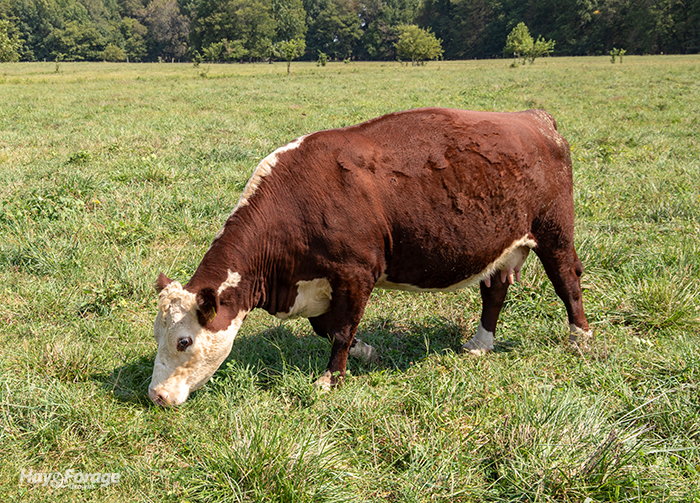
December 1 is the deadline to sign up for pasture, rangeland, and forage (PRF) insurance for the 2025 calendar year. This subsidized program can help mitigate forage production losses due to low rainfall and drought.
Farmers must select their levels of coverage and production for two to six two-month index intervals. Therefore, premiums and indemnities will vary. To ensure participants choose the best insurance options for their operation, Sandy Johnson with Kansas State University Extension clarifies three common concerns about the program.
PRF is a type of area insurance. Instead of covering individual fields or operations, PRF uses precipitation data from USDA-defined grids to determine payouts. When precipitation for one of these 13-by-17-mile parcels is less than its historic average during a selected two-month interval, farmers will receive compensation according to their coverage and production levels.
Johnson considers a benefit to this type of area insurance is that no loss adjustment or production history is required. The downside is that even if an individual field receives low rainfall during a two-month interval, payouts might not be made to the farmer if the rest of the grid gets adequate moisture. Of course, the reverse is also true: Payouts can be made if a farm receives adequate rainfall yet the rest of the grid is drier than average.
Not all precipitation in an interval has the same impact on yield. For example, a short period of heavy rainfall will not have the same effect on crop yields as an equal amount of moisture that is distributed over a longer period. Therefore, farmers could still experience a loss even if their rain gauge registers above the historic average.
“A producer may be concerned that the relative quantity of precipitation in a two-month period may not perfectly predict yield,” Johnson states. “While precipitation is highly correlated with yield, timing of precipitation can also influence forage yields.”
PRF only covers one type of loss (single peril). Besides low rainfall and drought risk, PRF doesn’t cover other weather-related events that could negatively affect forage yields. For instance, excess rainfall can result in lost yield and/or quality. Extreme heat can also negate forage production.
So, now what?
Johnson encourages farmers to work with a qualified crop agent and consider how relevant these concerns are to their forage production. Understand the characteristics of the program and determine how detrimental the potential limitations are to your operation before purchasing PRF insurance.
A USDA decision support tool is available to provide historic precipitation data and estimated payouts for individual grids. Johnson suggests using this resource to compare how your experience within a grid compares to the overall data. Doing so can also exemplify how precipitation has affected forage yield and quality in the past.
The key to optimizing PRF insurance is to treat it like a tool for long-term risk management, not just a one-time payout. Since other mitigation strategies are typically implemented amid a drought — such as adjusting hay stocks and culling cattle — Johnson encourages farmers to use payouts to invest in practices that will promote drought recovery and/or alleviate future drought pressure. These include restocking heifers, covering family expenses, and putting money aside to buy hay if it is needed in the long run.
“From this perspective, in many cases, a producer may not need a payout immediately to purchase hay when precipitation is lower than the historic average,” Johnson explains. “Instead, PRF payouts can be used to build a cash inventory or a PRF savings account.”
Johnson adds that taking a long-term approach may be reinforced by the fact that the government subsidizes at least half of PRF insurance premiums. Although it’s not a guarantee, most farmers receive more in payouts than what they pay in premiums over time.
“PRF has some unique characteristics that are important for a producer to understand. In addition to providing payouts for forage replacement and hay purchases, PRF can contribute to long-term drought risk management,” Johnson concludes.

